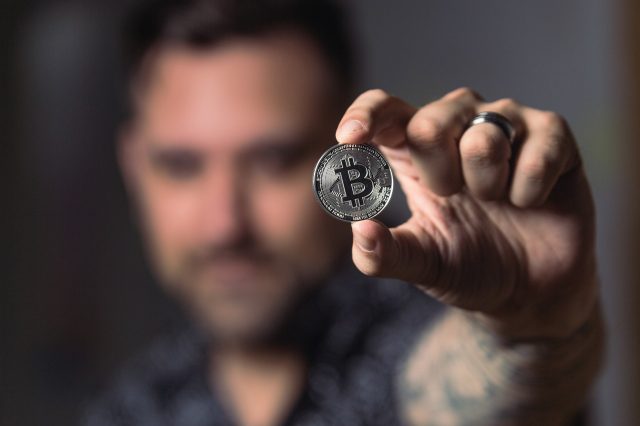Ever since Bitcoin’s introduction, many within the crypto community have also been pondering what happens after the very last Bitcoin halving takes place.
Now, if you are relatively new to cryptocurrencies, you might be wondering what this Bitcoin halving is, and how it happens. Ever since Bitcoin’s introduction, many within the crypto community have also been pondering what happens after the very last Bitcoin halving takes place.
In this post, we try to answer all your questions regarding Bitcoin halving. However, let’s first take a brief look at how Bitcoin mining works, shall we?
What Is Bitcoin Mining?
Several participants known as the Bitcoin miners work to record and validate transactions on the Bitcoin network.
The miners use their computing devices to act as transaction processors and validators on Bitcoin’s blockchain network.
The consensus algorithm Bitcoin uses is called the Proof of Work (PoW) algorithm, which means that the Bitcoin miners have to put significant work into processing and validating transactions to earn their rewards.
The ‘work’ is essentially the time and energy it takes for miners to run their computing devices.
This is how Bitcoin mining works: to mine bitcoins, Bitcoin miners have to get their computing devices to solve complex mathematical riddles and confirm the legitimacy of transactions made on the Bitcoin blockchain, so they can add said transactions to the distributed ledger in the form of digital blocks.
When a particular block is filled up with transactions, the miners who processed and validated the transactions included in the block get rewarded.
In return for processing the transactions, the miners receive newly minted bitcoins as their rewards.
Bitcoin mining is done with high-powered devices and software designed specifically to be used for mining. Faster computers with some particular types of hardware can translate into larger block rewards; a few companies have even created computer chips specifically for mining purposes.
Now, What Is Bitcoin Halving?
As outlined in Bitcoin’s source code by its creator Satoshi, there can only ever be 21 million bitcoins in circulation.
It has been approximately eleven years since the initial launch of Bitcoin, and over 18.6 million bitcoins have been issued.
The steadily shrinking supply of bitcoins also affects the number of bitcoins Bitcoin miners receive as rewards; because Bitcoin halving ensures that the amount of Bitcoin generated as a reward
Every newly created block is cut by 50% at the interval of around every four years.

How does the Bitcoin network decide when to conduct the Bitcoin halving, you wonder? Well, after every 210,000 blocks mined (which happens roughly every four years), the block reward provided to Bitcoin miners for their services is simply reduced by half, which cuts in half the rate at which new bitcoins are issued.
Btc halving is the system’s way of utilizing a synthetic form of inflation that keeps on halving after the mining of every 210,000 blocks until all 21 million of Bitcoin is released into circulation.
The Bitcoin halving is significant primarily because it symbolizes another drop in the total supply of bitcoins left.
Bitcoin mining system will operate until about the year 2140 when the remaining Bitcoin supply will be released into circulation.
At the time of Bitcoin’s launch in 2009, the reward for creating a valid block was 50 bitcoins.
What Effect Does Bitcoin Halving have on BTC’s Price?
History suggests that btc halving does herald increases in the price of Bitcoin. For instance, upon the first Bitcoin halving in 2012, bitcoin’s price rose to $12 from $11, and within a year, that price increased to $1,100.
After the second Bitcoin halving in 2016, the Bitcoin price went up to $500-$1,000 for a few months.
In December 2017 the price went up again to $20,000.
As for the Bitcoin halving of May 2020, it gave way to another bull run for Bitcoin. At the time of the halving, Bitcoin was around $9000/coin, but as of April 2021, it’s at around $63,000.

source: coin-codex
What Happens After the Last Bitcoin Halving?
There will be no new bitcoins available for mining rewards after the last Btc halving.
But miners will continue to be paid with the fees the Bitcoin blockchain accumulates.
As of 2021, the transaction fees amount to a few hundred dollars per block. They would potentially rise to thousands of dollars per block with time, as Bitcoin’s value and the number of transactions made on the Bitcoin blockchain also continue to rise.


